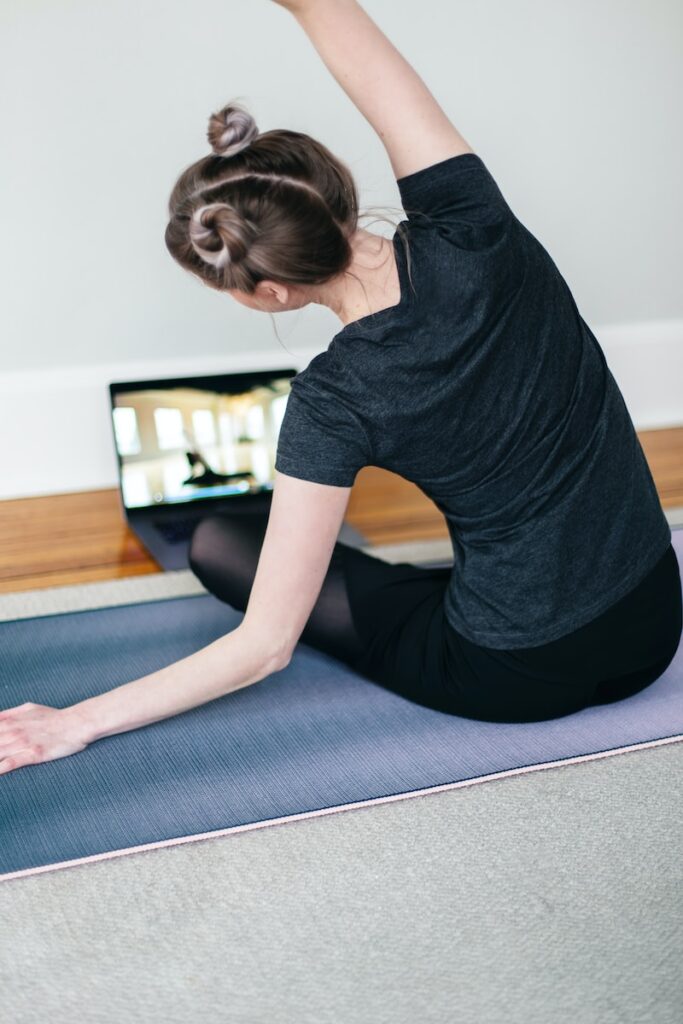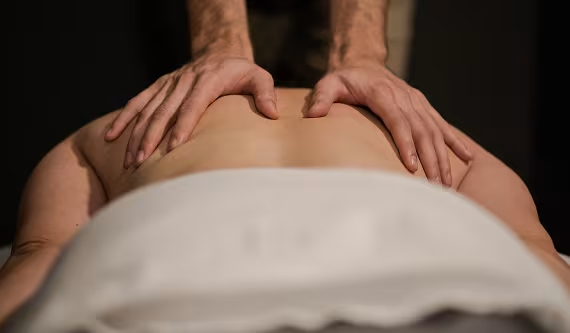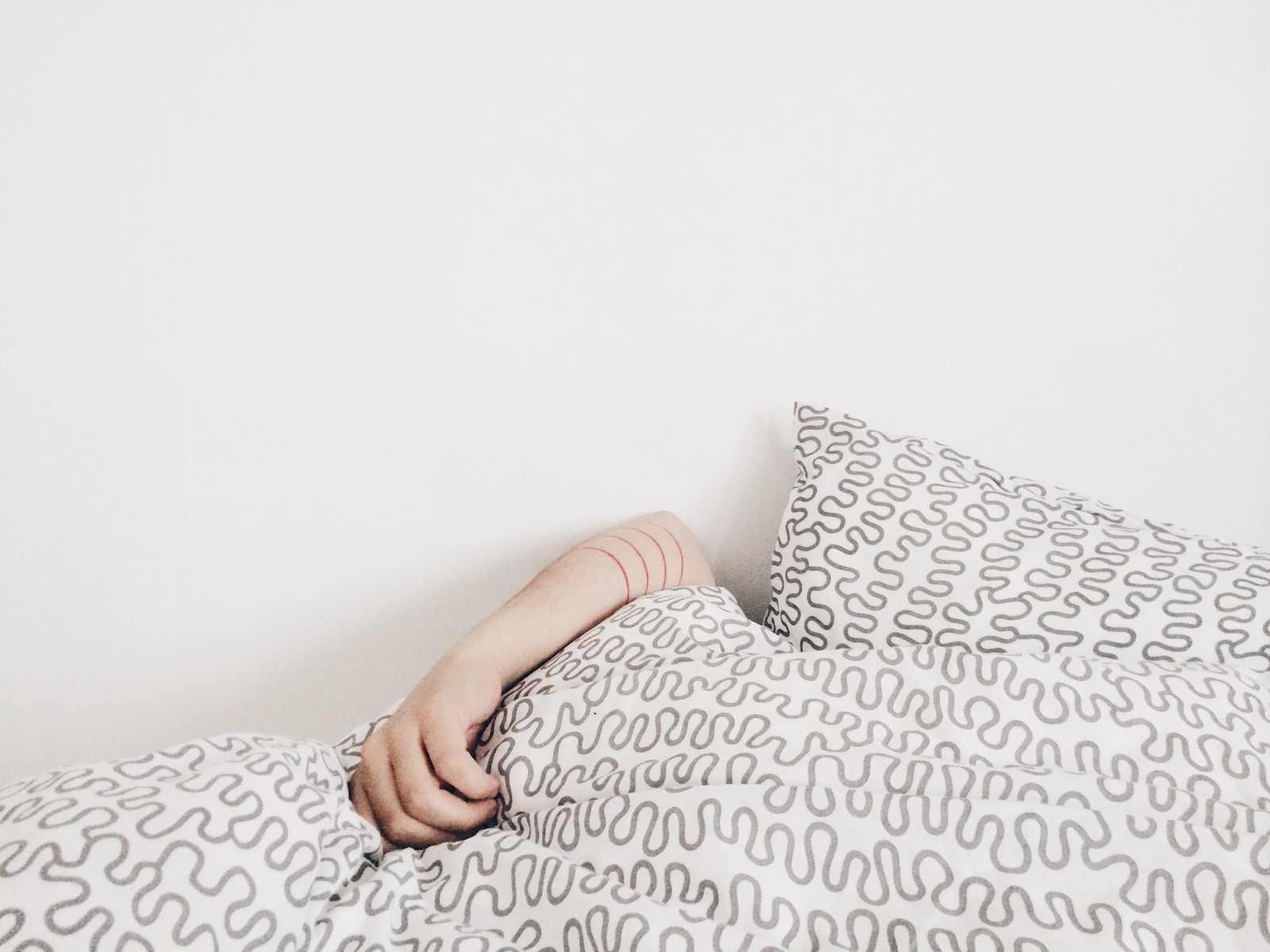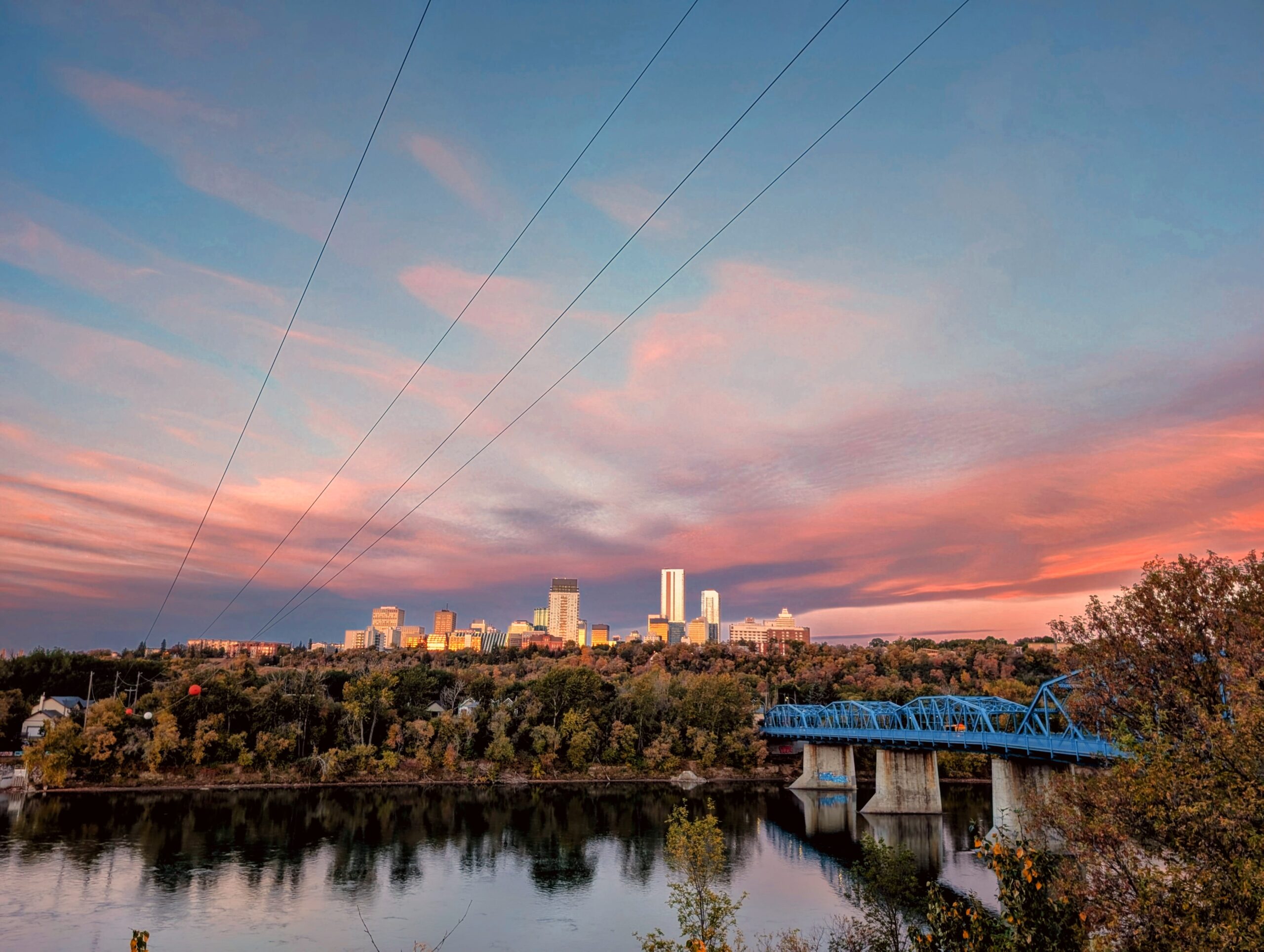Why Active Edmontonians Struggle with Hip Tightness and IT Band Strain
Hip tightness and IT band strain affect more than 50% of runners and cyclists, often leading to hip or knee pain that disrupts both training and daily activities. These issues aren’t just minor annoyances—they can indicate deeper muscular imbalances that limit mobility, reduce performance, and increase the risk of long-term injury.
For active individuals in Edmonton and Sherwood Park, where movement is a core part of daily life, hip tightness and IT band strain can quickly derail progress and lead to compensatory pain in the knees, lower back, or even the opposite hip. Fortunately, these conditions are highly manageable with the right approach.
By identifying the root causes early and implementing a personalized care plan—including mobility work, strengthening, and targeted therapy—you can regain functional movement, prevent setbacks, and continue doing the activities you love without pain.
Understanding Hip Tightness and IT Band Strain
Common Causes You Might Overlook
Hip tightness often develops from prolonged sitting—think desk jobs, long commutes, or downtime after intense workouts. When you stay in a seated position for too long, your hip flexors shorten, reducing mobility and stability.
Meanwhile, it band pain hip issues arise from repetitive stress, particularly in runners and cyclists. The iliotibial band runs from the hip to the knee and can become inflamed due to overuse, poor mechanics, or weak glutes.
Recognizable Symptoms
You may be dealing with hip tightness and IT band strain if you notice:
- Pain around the outer hip, thigh, or knee
- Limited hip mobility
- Poor posture or pelvic tilt
- Soreness after activity or while at rest
Ignoring these symptoms can lead to more serious issues like compensatory injuries or chronic discomfort.

Sarah, a Sherwood Park Runner
Sarah, a recreational marathon runner in Sherwood Park, began experiencing sharp pain on the outside of her knee during long runs. Initially, she thought it was a knee issue, but after consulting with a therapist at our Sherwood Park massage clinic, it turned out to be classic ITB and hip pain.
After a few sessions focused on manual osteopathy therapy and a personalized home stretch plan, Sarah was back on track—stronger and more balanced than ever.
Best Exercises to Release Tight Hips and IT Band Tension
Stretching That Targets the Right Areas
- Hip Flexor Stretch: Kneel on one knee and press hips forward, holding for 30 seconds on each side.
- Pigeon Pose: Opens the glutes and hip rotators. Hold for 30 seconds per side.
- Butterfly Stretch: Sit, bring soles together, and gently press knees toward the ground.
- IT Band Foam Rolling: Slowly roll from the hip down to the knee on the outer thigh for 30–60 seconds.
Add Strength to Support Flexibility
Building stability around your hips supports alignment and decreases strain. Integrate:
- Clamshells
- Glute bridges
- Lunges with proper form
- Side-lying leg lifts
To reinforce these efforts, consider complementing your routine with deep tissue massage for hip and thigh.
Integrative Therapies for Faster Recovery
Sometimes, stretches and strength work aren’t enough. That’s where professional care comes in:
- Therapeutic massage to relieve hip tightness
- Shockwave therapy for chronic IT band pain
- Myofascial cupping massage for IT band tension
These therapies promote circulation, reduce inflammation, and release adhesions in deep muscle tissues.
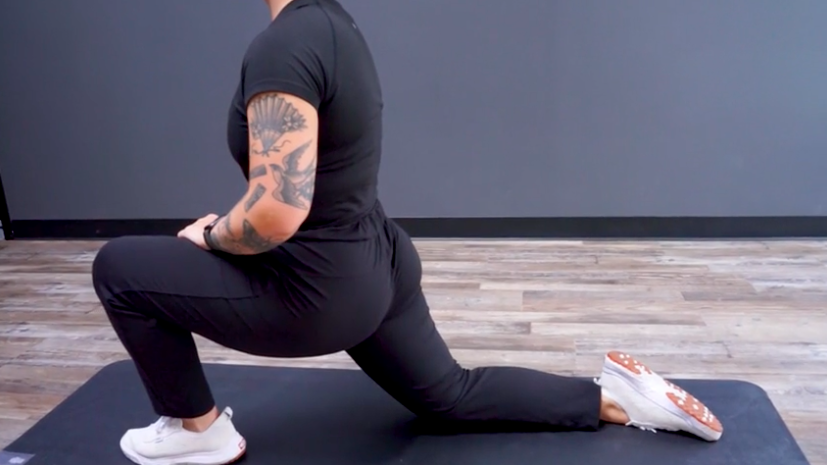
Preventing Hip Tightness and IT Band Pain for Good
Make These Daily Habits Part of Your Life
- Move hourly: Set reminders to stand, stretch, or take a short walk.
- Warm-up well: Activate your glutes and hips before any intense workout.
- Cross-train smart: Mix in low-impact activities like swimming or yoga to avoid overloading the hips.
- Supportive footwear: Avoid worn-out shoes, especially for running or walking long distances.
Incorporating these habits with periodic visits to a sport massage therapist in Edmonton can go a long way in preventing injury recurrence.
Improve Your Athletic Longevity with Hip Health
Maintaining strong, mobile hips goes far beyond easing discomfort—it plays a critical role in posture alignment, efficient biomechanics, and injury prevention across nearly every physical activity. Whether you’re powering through a workout, training for a race, or simply navigating your daily routine, your hips are at the core of it all—literally.
For active individuals in Edmonton, prioritizing hip health can be the difference between consistent progress and frustrating setbacks. Tightness or imbalance in the hips often leads to compensation patterns in the knees, lower back, and even the ankles, increasing your risk of overuse injuries.
Proactive care—through stretching, strengthening, and hands-on therapy—not only restores mobility but also helps you move with more power and control. At our Downtown Edmonton massage therapy clinic, our team specializes in addressing the root causes of hip tightness and IT band strain, helping you stay ahead of pain, recover faster, and perform at your best—on and off the field.

